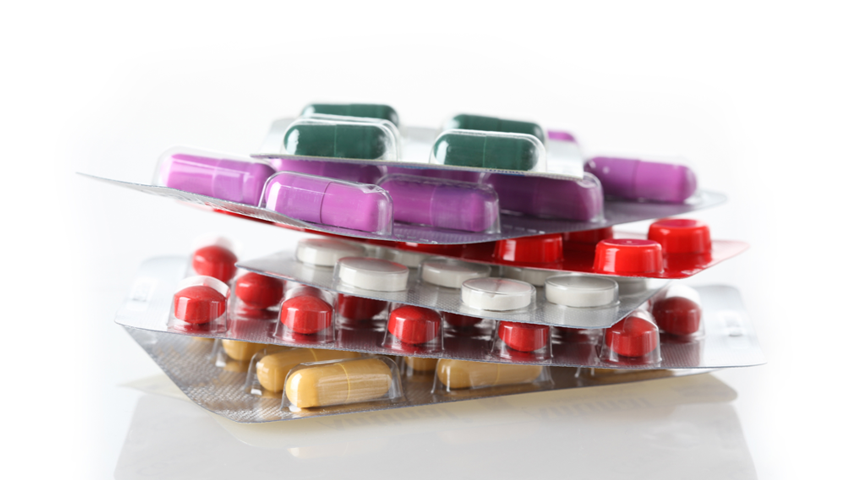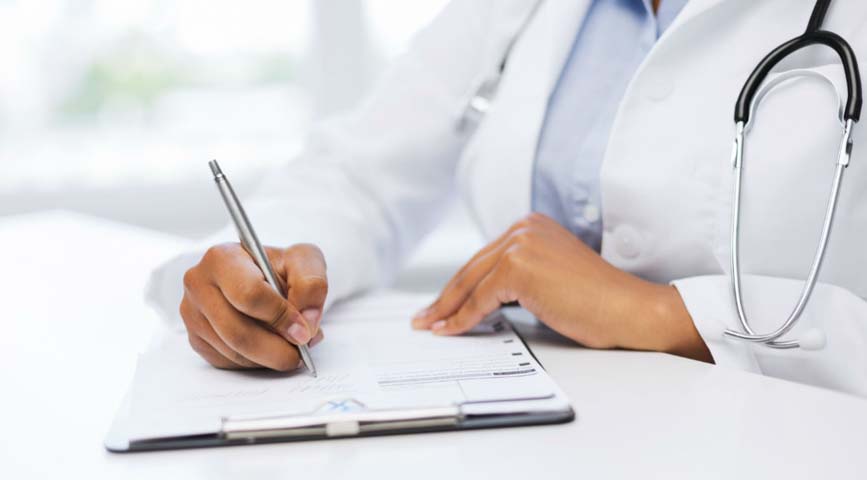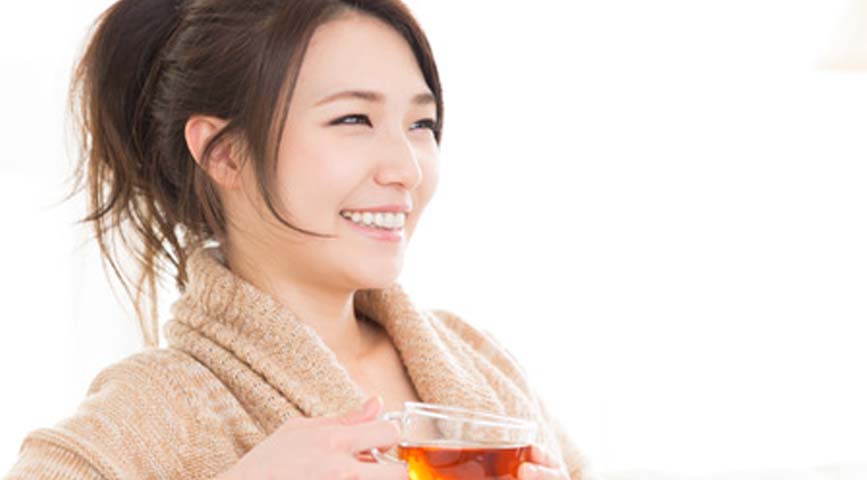15
Nov
All You Need To Know About Varicose Veins
Afraid to wear shorts or skirts out due to unsightly veins on your legs? You are not alone.
Up to five in 10 adults are affected by some types of vein problems, while varicose veins affect about three in 10 adults, with women at a higher risk of developing vein problems.
Age, obesity and family history also influence the risk of developing varicose veins.
Spider veins VS varicose veins
Spider veins, or telangiectasias, are common and considered to be a milder version of varicose veins. They appear as short, fine lines with starburst clusters on the skin and are most common in the thighs, ankles and feet.
Varicose veins, on the other hand, are more prominent and enlarged veins, blue or dark purple in appearance. They may look lumpy, bulging or twisted.
Varicose veins develop when the small valves that are responsible for returning blood back to the heart fail to do so properly. Hence, backflow of blood collects in the veins, causing them to become swollen and enlarged.
Symptoms & diagnosis
Varicose veins usually do not cause much pain, but when they do, they cause an achy and heavy feeling in the legs. Burning and throbbing with muscle cramping may occur in the lower legs and these symptoms may worsen with prolonged sitting or standing.
Although rare, complications may also arise from varicose veins.
Extremely painful ulcers may develop on the skin, especially near the ankles. This is a result of fluid build-up under the skin, causing it to thicken, swell and break down, forming ulcers.
Besides, possible blood clots may block one or more veins (i.e. thrombophlebitis) or cause veins to swell. Both cases may require immediate medical attention.
A physical examination may be used to check for swelling and pain when diagnosing varicose veins. An ultrasound test may also be performed to verify the conditions of the valves in the veins, and to check for any evidence of a blood clot.
Treatment options for varicose veins
Treatments for varicose veins mainly help to ease the symptoms and prevent complications. They are usually conservative and generally simple, depending on the vein’s size, position and severity.
The most common treatment usually involves wearing compression stockings. These stockings can be worn all day and steadily squeeze the legs to improve circulation.
The tightest compression is at the ankles and it gets looser as it goes further up the leg. This encourages the blood to flow towards the heart.
Compression stockings should be worn when you wake up in the morning until before bedtime. Your skin may dry out from wearing them, so you should always apply moisturiser at night after removing them.
Larger varicose veins may need surgical intervention such as ligation and stripping, while sclerotherapy may be recommended for small- or medium-sized varicose veins. Sclerotherapy is performed by injecting a chemical into the body to scar and close the varicose veins.
Newer therapies introduced in recent years include radiofrequency ablation and ambulatory phlebectomy, which are less invasive.
How to prevent
It is not possible to completely prevent varicose veins, but with some lifestyle changes, the risk of developing them can be lowered.
Alleviate symptoms and prevent the progression of varicose veins by doing the following:
- Exercise regularly to lose weight
- Elevate your legs whenever possible
- Avoid wearing tight clothes
- Avoid standing or sitting for prolonged periods of time
Share this post
RELATED
Posts
Why You Should Choose Generic Medicines
With nearly 8 in 10 filled-out prescriptions prescribing generic medicine, the term “generic drug” or “generic medicine” is most likely something you have...
Vaginal Discharge
Vaginal discharge produced by the vaginal and cervical glands is essential in maintaining a healthy female reproductive system. The amount of discharge and...
Top Health Concerns In Women
It’s hard to be a superhero; but it’s even harder being a woman. From the monthly war they have to fight and the...





